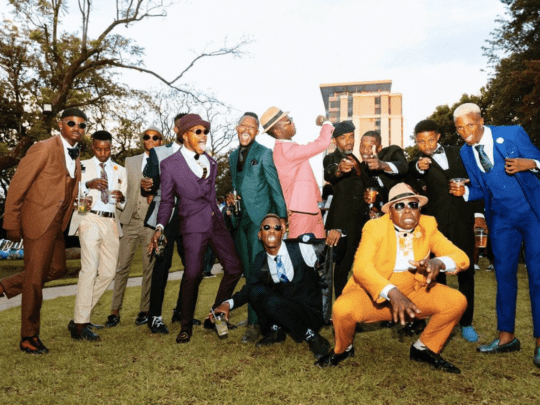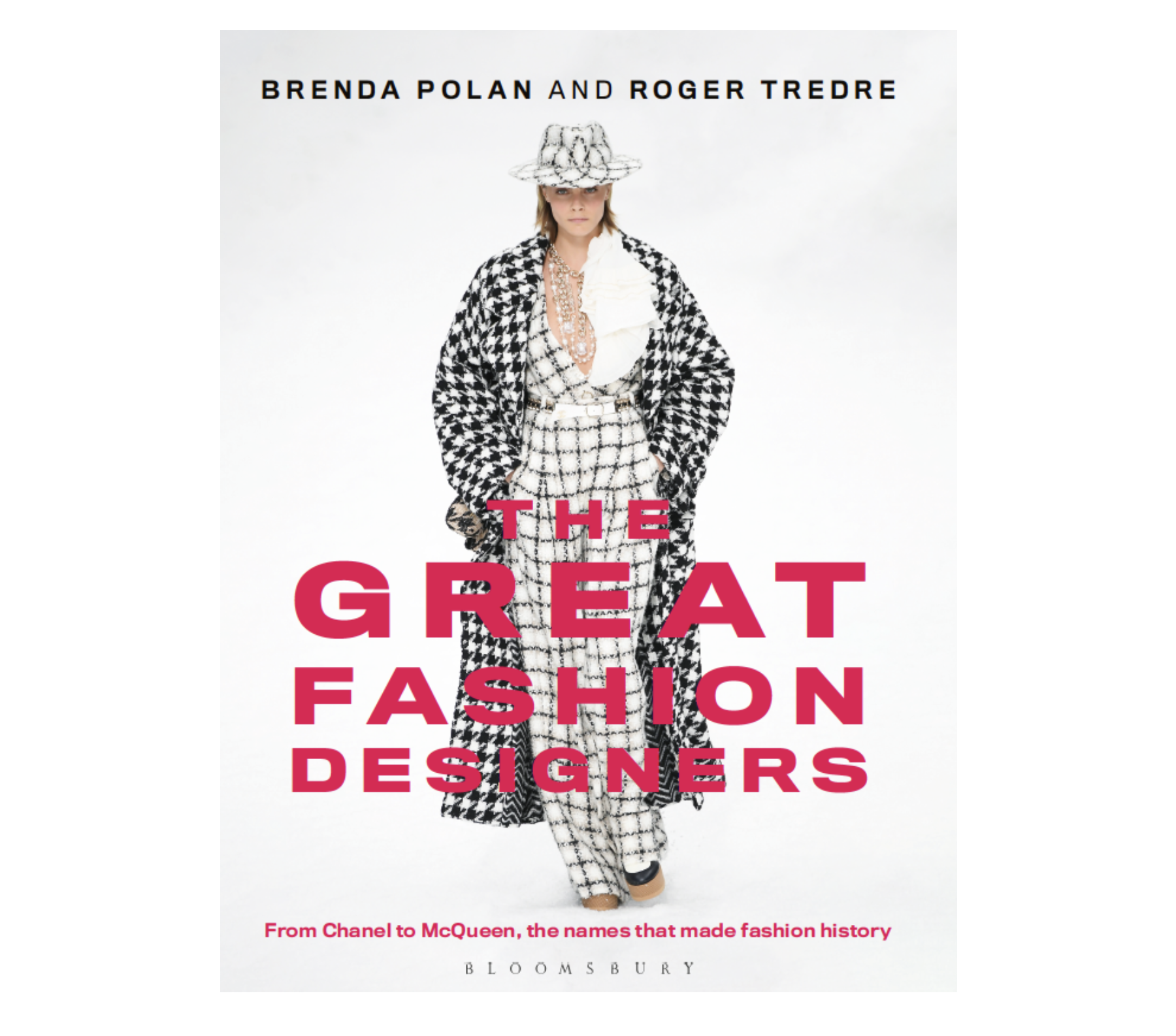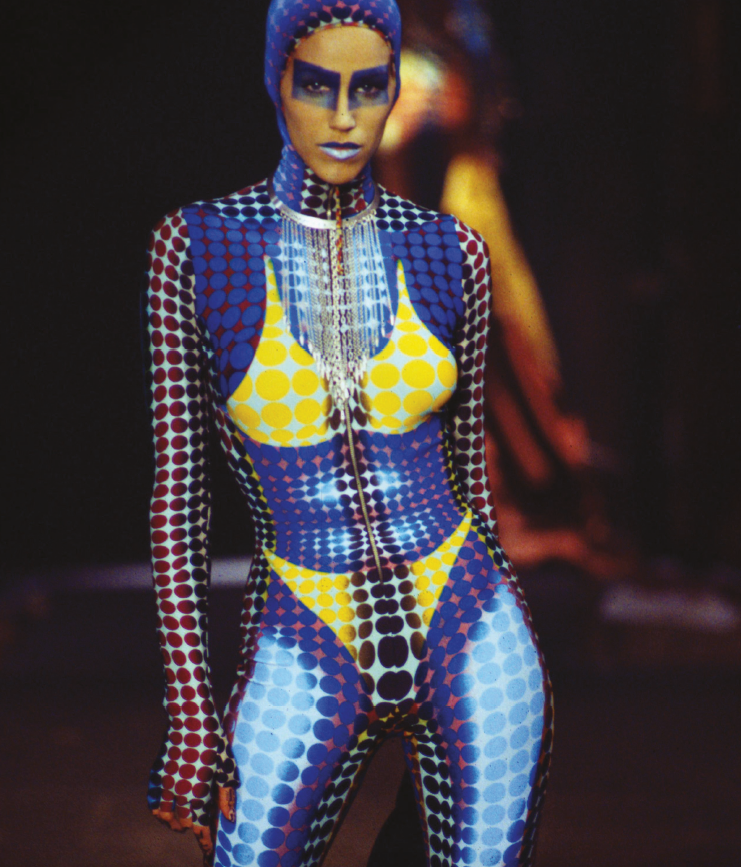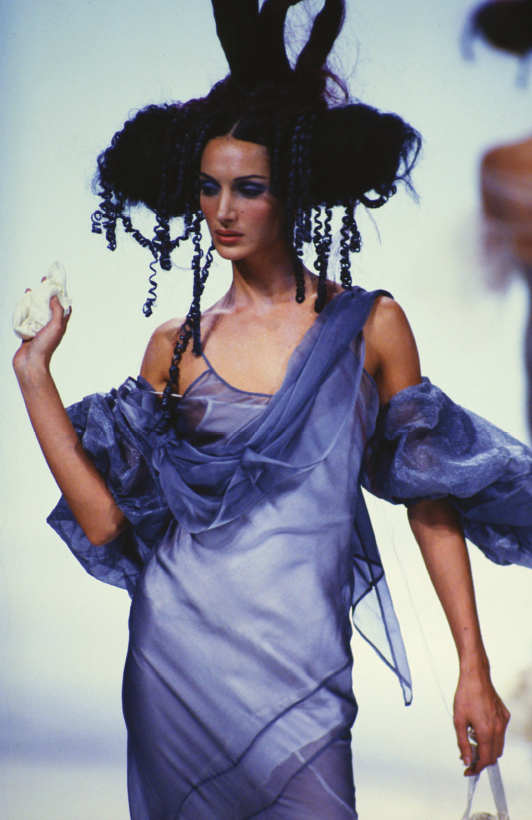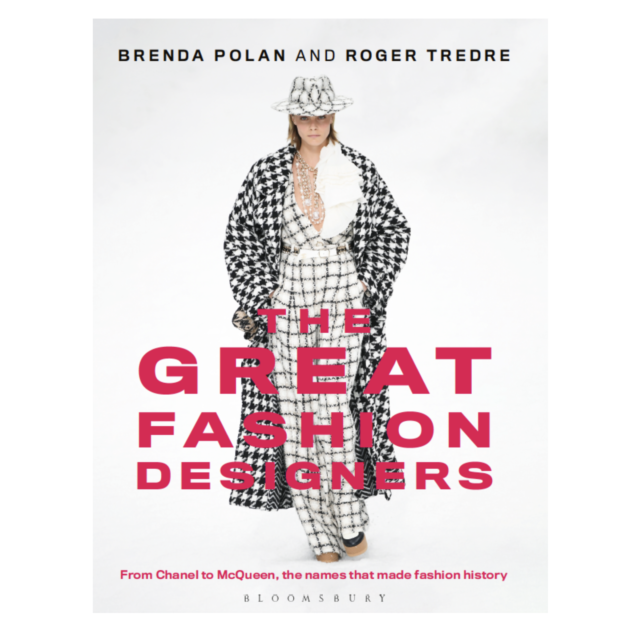The fifty greatest designers since Charles Frederick Worth? That’s the task Brenda Polan and myself set each other when we wrote the first edition of The Great Fashion Designers back in 2009. It was no easy task, the choice narrowed down after much debate, some of it learned and courteous, much more of it shouty and fuelled by fine wine.
Core research material for the project – our own interviews with 19 of the 55 designers, dating right back to Brenda’s encounter with Andre Courrèges in 1979.
Eleven years on, we have upped that number by five to a total of 55 – and the debate has been no less furious. Just five more designers to represent an entire decade? In the end we narrowed it down to seven, then took the seven to present to post-graduate fashion journalists at Central Saint Martins, who took a vote.
The seven were Raf Simons, Hedi Slimane, Phoebe Philo, Alessandro Michele, Demna Gvasalia, Virgil Abloh and Stella McCartney. The last two got the chop from the students.

